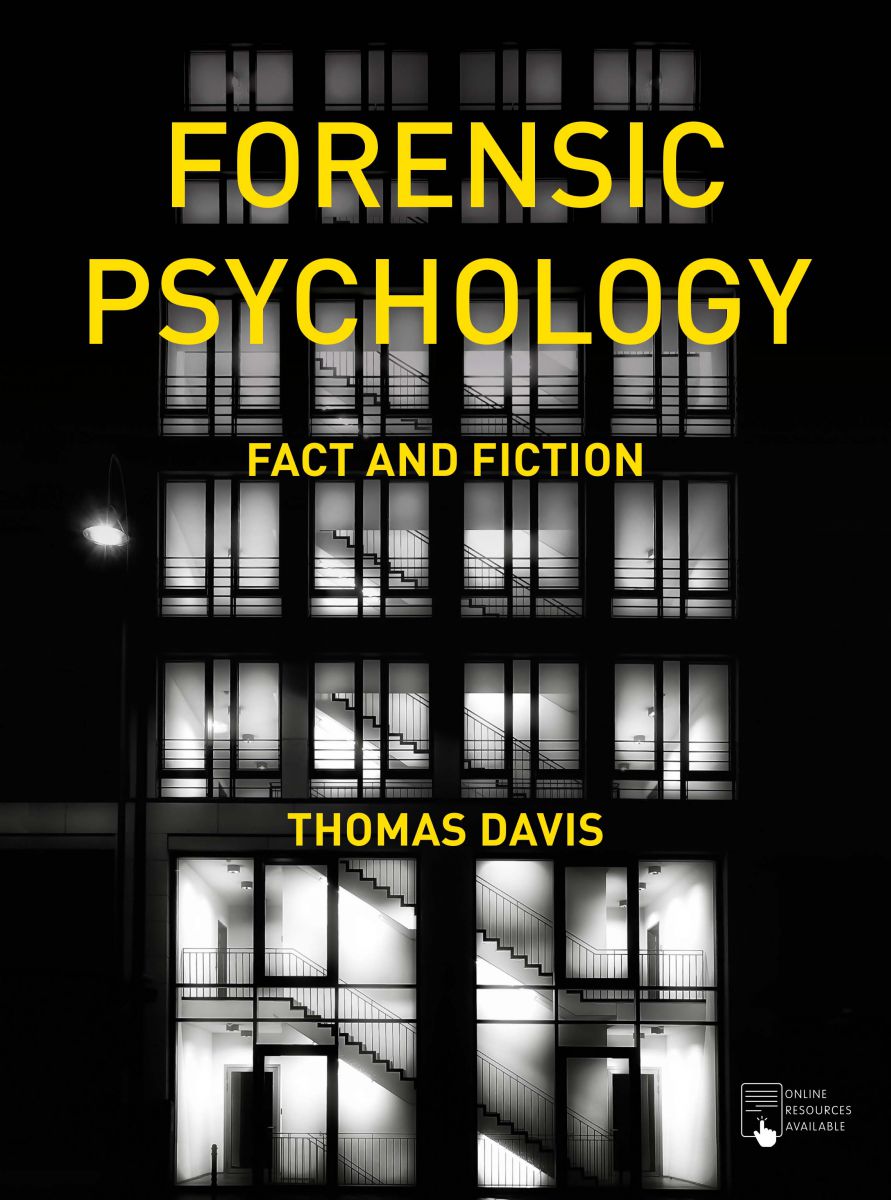


Are you sure you want to reset the form?
Your mail has been sent successfully
Are you sure you want to remove the alert?
Your session is about to expire! You will be signed out in
Do you wish to stay signed in?
Los Angeles County Superior Court Judge Patrick Couwenberg had impeccable qualifications and impressive achievements. His education included an undergraduate degree in physics, a master’s degree in psychology, and a law degree from Loyola University. He earned a Purple Heart in the Vietnam War and secretly served as a CIA operative in Laos in the 1960s. Before serving as a judge, he worked for one of the most the prestigious law firms in Los Angeles, Gibson Dunn & Crutcher.
As impressive as his achievements were, none of them were real. When confronted, Judge Couwenberg blamed a condition called pseudologia fantastica, a compulsion to tell stories containing facts interwoven with fantasy often called pathological lying. His excuse did not save him from being removed from the bench. His story raises the question: how can we be so effective at deception, yet so easily deceived?
Honesty is among the top five characteristics people want in a leader, friend, or lover. From social media to online dating, identifying and coping with lying is a common topic of most conversations. Yet, although we are skilled at producing lies, we are terrible at detecting them because we’re looking for the wrong signs.
For as long as there have been lies, there have been methods of lie detection. Over time, our talents for practicing deception have outpaced our detection ability. The origins of our current approaches for lie detection began as early as 300 B.C. with the notion that lying produces physical side effects. Past methods of detection used rituals that invoked supernatural aid through sacred signs and totems. However, these techniques relied more on the belief in their effectiveness to condemn the deceitful rather than their ability to separate liars from truth tellers.
The modern-day version of these techniques is the notorious polygraph which relies more on the belief in its effectiveness than its actual ability to detect lies. It’s sometimes described as a “lie detector,” “fear detector” or even as an “emotion detector.” In fact, no reliable signs of deception have ever been identified. Even worse, there is no evidence whatsoever that what the polygraph actually measures — heart rate, blood pressure, sweating, and breathing — are linked to whether or not you are telling the truth.
Discovery time
We have all been on the receiving end of a lie. Try to remember a lie that you detected in the past. Recall as much as you can about the situation in which the person lied to you. Describe the event where you were lied to: Where did it happen? What was the lie about? Can you remember what the person said to you? Now think about how you found out you were lied to. What evidence revealed the lie? Finally, how much time passed between the time when the lie was told and when you knew that the person had lied?
Consider your evidence again; was it based on behavior or information? If your experience matches forensic research, you probably used evidence like third-party information (i.e., a friend told you about the lie), physical evidence (i.e., a text message or photo), or the liar’s confession. Unlike what’s shown in the entertainment media, discovering the lie takes time. On average 4.1 percent of lies are detected in less than an hour, 20.6 percent in less than a day, 20.6 percent in less than a week, 20.6 percent in less than a month, 15.5 percent in less than a year, and 1.5 percent more than a year after they were told! Do these results match your experience? If so, you now understand the advantages of using evidence over behaviors to detect deception.
Revealing language
Unlike telling the truth, telling false stories requires more imagination to describe events that didn’t happen in a style that appears sincere. As a result, stories based on imagined experiences are different from stories based on real experiences. One way to capture the differences between true and false stories is to examine the language people use to tell them. The specific word choices and grammar often reveal more than the surface content of their story. Take for example, the case of Susan Smith appearing on television claiming that her two young children were kidnapped at gunpoint. She tearfully pleaded for her children to be returned, telling reporters, “My children wanted me. They needed me. And now I can’t help them.” Her choice of past tense was strange because, normally, relatives will speak of a missing person in the present tense. The fact that Smith used the past tense in this context suggested that she already viewed her missing children as dead.
But it was a small yet significant contradiction in her story that led to her confession. Smith told police about stopping at a red light on Monarch Mills Road. She said that she saw no other cars on the road. Yet the light turned red, contradicting the fact that the light on Monarch Mills Road was always green and only turned red if it was triggered by a car on the cross street. Since she said there were no other cars on the road, there was no reason for her to come up to a red light. This subtle verbal contradiction eventually led to Smith confessing that she drowned her children by pushing her car into the lake with them buckled securely in the back seat.
So, the best way to spot a liar? Look less and listen more.

.